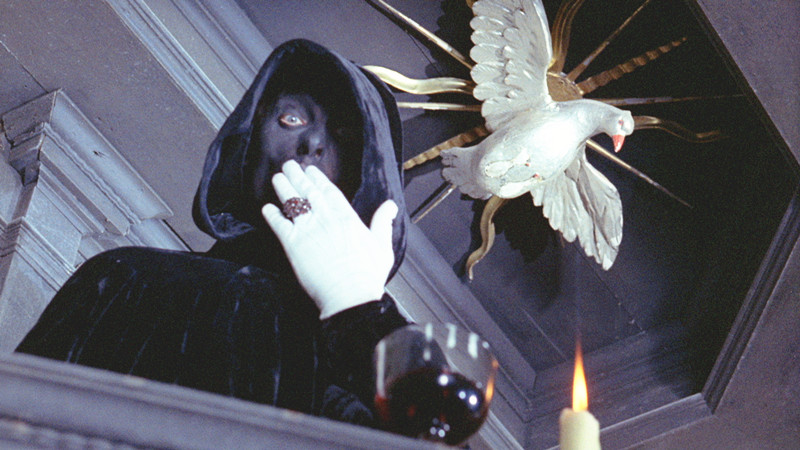
“In my wake I raise up monsters that are lying in wait; they are not yet too ill-disposed toward me, and I am not lost, since I fear them…” — André Breton, from the first “Manifesto of Surrealism.”
As a term first coined by the poet Guillaume Apollinaire, surrealism electrified the imagination of a wide range of artists – from painters to filmmakers. The films on this list were chosen because they evoke a dreamscape in keeping with the characteristics of surrealism as a movement and style. Five of these films are Czech and Slovak, a region that has a long and well-established surrealist tradition (and the gothic, experimental chutzpah to pull it off).
The others are gems by renowned filmmakers who stepped into the poetic, the absurd, and the mythical. Each film delves into surrealism on its own terms, and all have the stamp of an auteur.
1. Beauty and the Beast
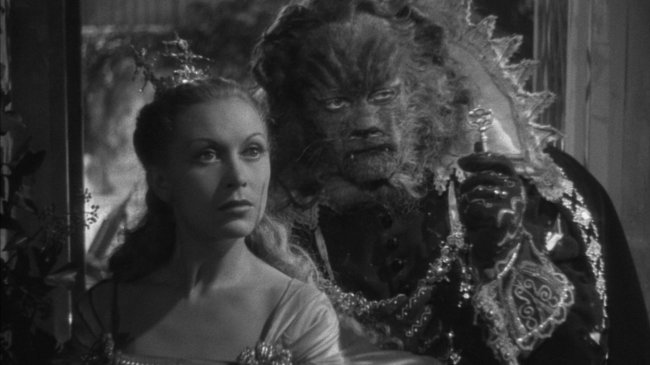
Jean Cocteau’s film is practically a walk down the dark, mysterious and unhinged unconscious, where surfaces mislead and the inanimate pulses with life. From the moment Belle enters the Beast’s palace with its inner chambers and tunnels, billowing curtains dance, doors open on their own, candlesticks are hands that usher, wait on, and also misdirect her. Belle never questions what she sees; she just experiences and observes, following dream logic.
The Beast is also an ambiguous character that is genteel and brutish; loving and aggressive; repulsive and captivating, embodying qualities and contradictions. The paradoxical nature of the Beast fits right into Freud’s theories of the ID and superego, which was widely referenced in surrealist circles at the time when André Breton first published his “Manifesto of Surrealism.” Breton himself lauded Freud’s work, the hidden impulses and forces behind the conscious, repressed mind, and what tapping into has the potential to unleash.
There are also mythological references. When Belle floats through darkened corridors (the underworld) and returns home through a mirror she falls through, she conjures both Orpheus and Persephone.
2. The Cook, the Thief, His Wife & Her Lover
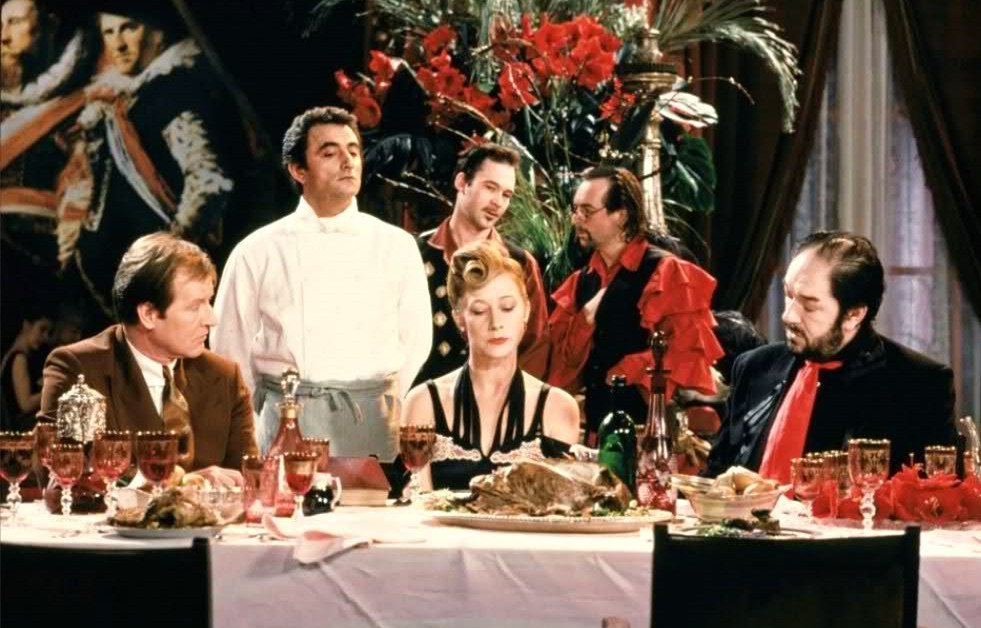
Peter Greenaway’s visceral, brutal exploration of gluttony, lust, power dynamics and the social roles we inhabit, is rendered surreal by the film’s absurdist tinge. When first released in Thatcher-era Britain, it caused a stir as a biting political and social satire, where fine dining serves as a metaphor for exploitation and barbaric power displays.
The story is ostensibly about a belligerent, sadistic thief who humiliates his cook and belittles his wife. The wife takes refuge in her lover, another patron of the restaurant where the entire film takes place.
At times, the film is reminiscent of a Hieronymus Bosch painting with its grotesque imagery and medieval mise-en-scène (interspersed with equally futuristic elements). This isn’t surprising, considering Greenaway is a trained painter, making remarkable use of light, framing, and color. With its direct reference to Frans Hals’ “The Banquet of the Officers,” on display in the background of the dining hall, the officers in the painting are clad similarly to the thief’s unsavory group of hangers-on and thugs. The effect is that of a painting that has come to life in the most ironic way.
One of the many experimental elements of the film is when the actors’ outfits change as they move into another room, coinciding with the room’s color scheme. Its blatant artifice heightens the symbolic weight of the film. What we are left with are human appetites and emotions set in a false, artificial world.
3. The Cremator
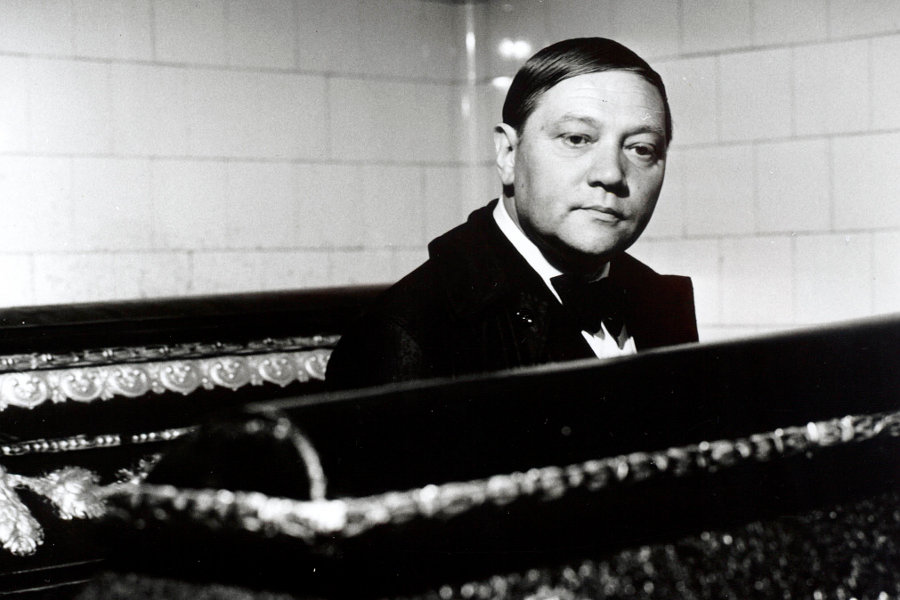
On the fringe of the Czech New Wave, Juraj Herz’s film is an allegorical, expressionist horror film of sorts. “Of sorts” is the operative term here, as the film delves into psychological horror, black comedy, and experimental territory in equal measures. The story revolves around the warped mind of a moralizing, overzealous cremator as he finds the perfect logic behind sending his wife and children to their deaths.
Based on a novel by Ladislav Fuks, who co-wrote the script with Herz, the stylization of “The Cremator” serves as an explicit narrative device. The deep-focus photography, fish-eye lens, and creative juxtapositions and transitions run counter to the sentimental, overblown style of the cremator’s narration. And the two – what we see and what we hear – often clash, creating the film’s pitch-black humor.
To add to the surreal appeal, the main character of Kopfrkingl, masterfully played by Rudolf Hrusinsky, is so gleefully disturbed that he seems like a creature that could only come from the realm of the unconscious – a cherubic mad demon, an unwitting trickster, who both embodies and mocks Death.
4. Valerie and her Week of Wonders
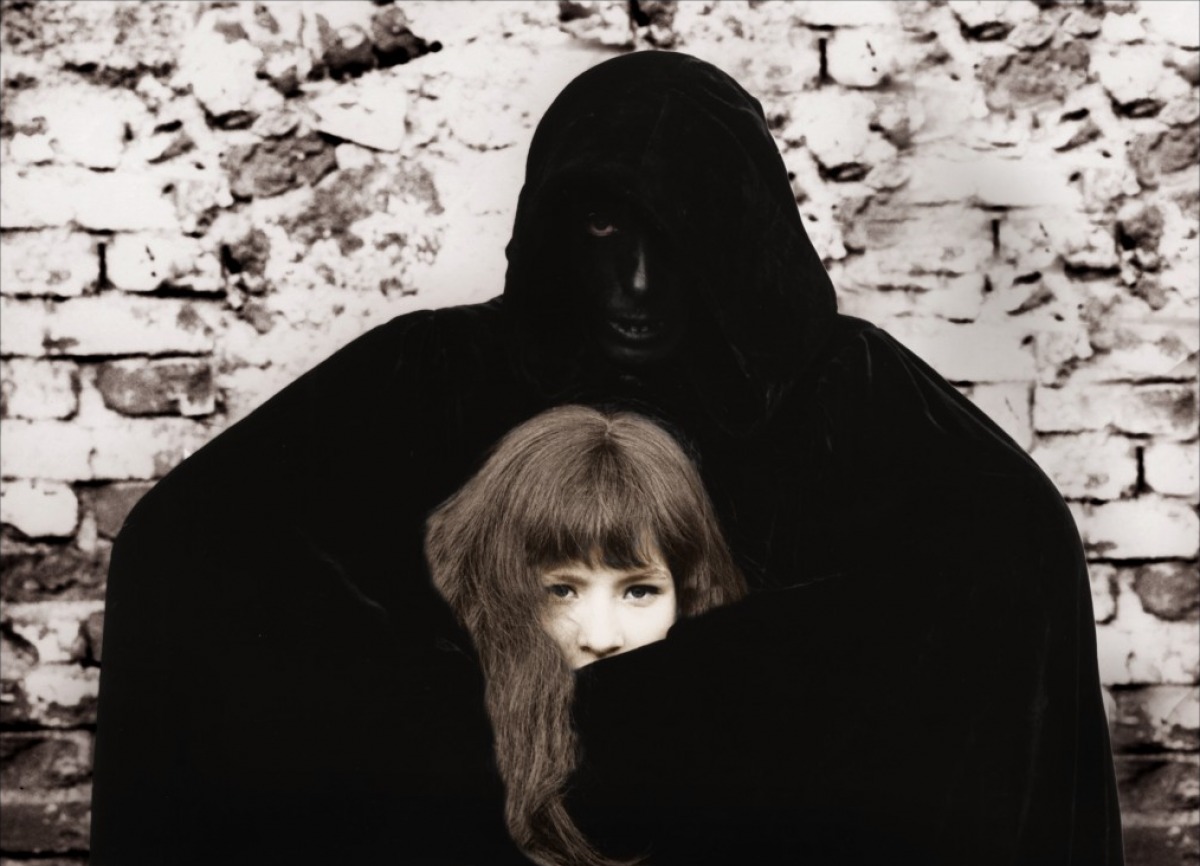
One of the most enigmatic films of the Czechoslovak New Wave, “Valerie and Her Week of Wonders” is a Freudian feast. Directed by Jaromil Jireš and scored by Lubos Fiser, who makes the most out of the story’s eerie, whimsical notes, “Valerie” is as delectable as it is disturbing.
It was adapted from a novel by Vítězslav Nezval that was written at the peak of Czech surrealism in the 1930s, featuring the main characteristics of the movement. As such, it fully dips into simmering desires, archetypes, and free associations. In one scene, a white-gloved hand of a bishop (pretense) is seen waving out of a carriage, and in the next, a white dove (innocence) brings a letter from an admirer to Valerie.
As a coming-of-age story set in a village, the film pulls us into a dreamscape where fantasies and fears mingle. Lesbian nymphs and sensual delights are juxtaposed against vampires – both literal and symbolic. One of these vampires is Valerie’s grandmother, a ghostly creature that longs for lost youth and while feeding on Valerie’s vitality, reprimands the girl’s awakening.
Catholic guilt, ritual trappings and hypocrisy (also staples of Luis Bunuel’s films) add to the atmosphere. The priest in the film, a lecherous vampire who envelops Valerie with his dark cloak of corruption, looms like the very shadow of death. He may or may not be her father, just as her love interest, Orlik, may be her brother.
If this sounds dark and unsavory, it is. And it is also wickedly captivating, making a game out of possible interpretations that keep changing.
5. Daisies
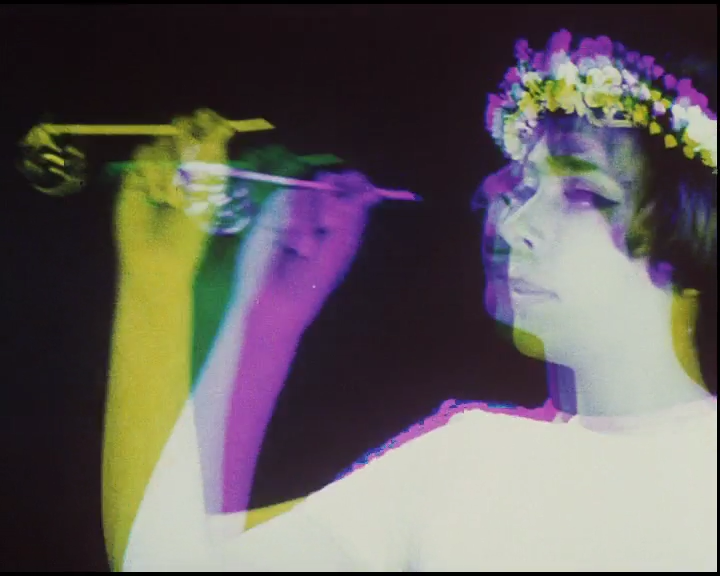
As an indisputable darling of experimental world cinema and the Czechoslovak New Wave, Vera Chytilova’s “Daisies” is also surreal in its unabashedly playful approach. The plot is as Dada as it gets, yet behind all the fun and games is a pointed philosophical argument for nihilism in a rotten world.
Stop-animation, jump cuts and sensorial transitions (you have to see it to know what is meant here), various tinted film stocks, non-diegetic sound intrusions amid wildly imaginative art direction that turns utilitarian objects on their heads, are all put to use.
Rather than a plot, there are two Maries, who outright remark on their interchangeability and doll-like, object status. Their plan, if you can call it that, is to smash all convention, morality, and stomp on good behavior while gorging themselves on earthly pleasures (food, mostly). They otherwise pass their time giggling, jabbing at each other’s meaningless existence.